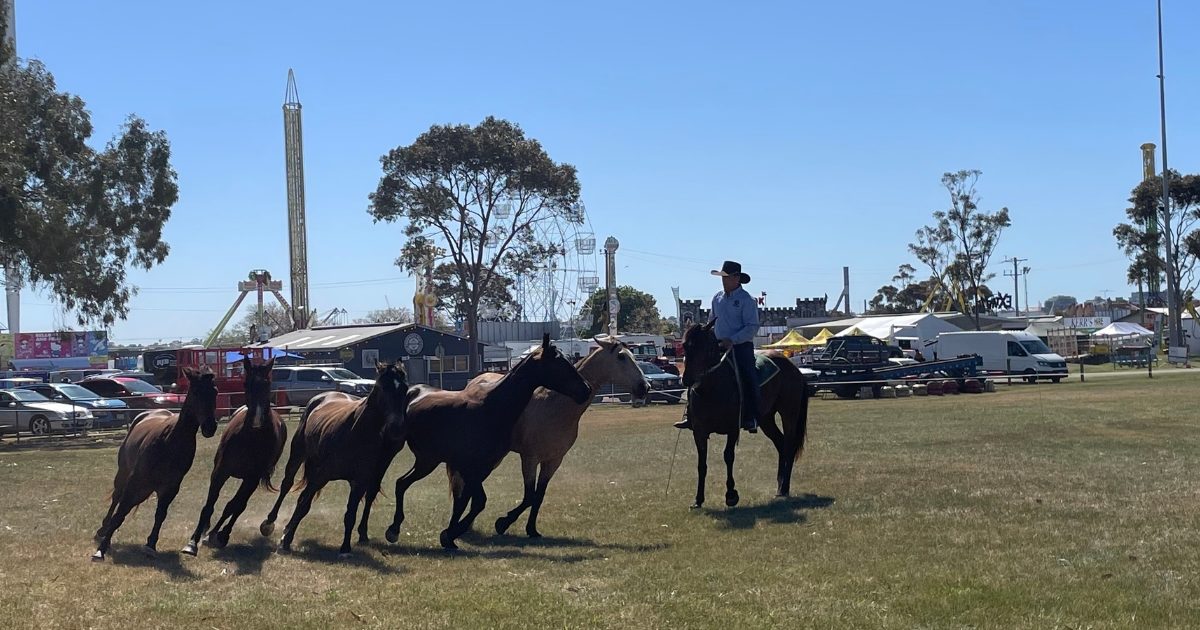Piecing together a marine mystery as more nautilus shells discovered
SINCE the beginning of the year, the Times News Group has received numerous reports of paper nautilus shells that have washed up on beaches in the Surf Coast and surrounding areas. Discoveries of the beautiful shells have been reported at beaches from Lorne to Queenscliff, with readers continuing to contact Times News Group to report their finds.
Doctor Julian Finn, senior curator of marine invertebrates at Museums Victoria said argonauts – who make nautilus paper shells – are not rare, but because they live their entire lives in the surface waters of open ocean, they are rarely encountered by people.
“Female argonauts use air, gathered from the water surface, to attain neutral buoyancy. The female argonaut traps air in the top of her shell and then dives down, causing the air to compress, until the buoyancy of the compressed air precisely counters her weight,” Dr Finn said.
“When storms or onshore winds push female argonauts into coastal waters, they often find themselves in water that is too shallow to allow them to dive. Female argonauts can then get caught in wave action and wash up on the beach.”
Dr Finn said securing a perfect argonaut shell is difficult as sea birds love to eat argonaut eggs housed inside.
“They (sea birds) are quick to spot a stranded argonaut, pierce the top of the shell with their strong beaks, and devour the eggs housed within,”he said.
“Female argonauts are estimated to produce over a million eggs during their lives.”
Dr Mark Norman, chief conservation scientist at Parks Victoria, said argonauts are one of the strangest and most beautiful creatures of open ocean.
“Past strandings in Victoria have involved tens of thousands of females washing ashore with their shells,” he said.
“The tiny males are about the size of a jelly bean and have a form of suicidal mating where they break off an arm full of sperm and then the male dies.”


















